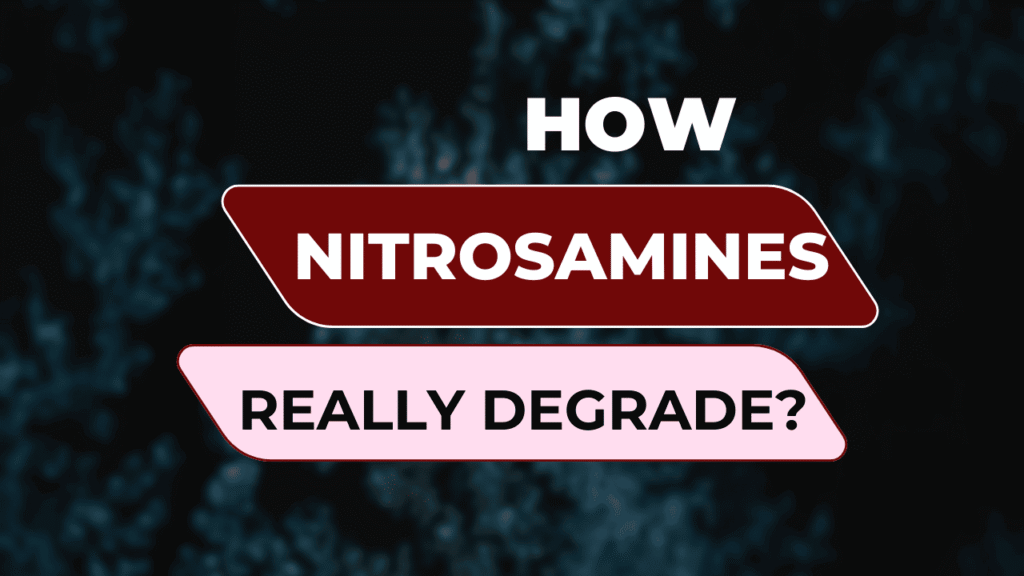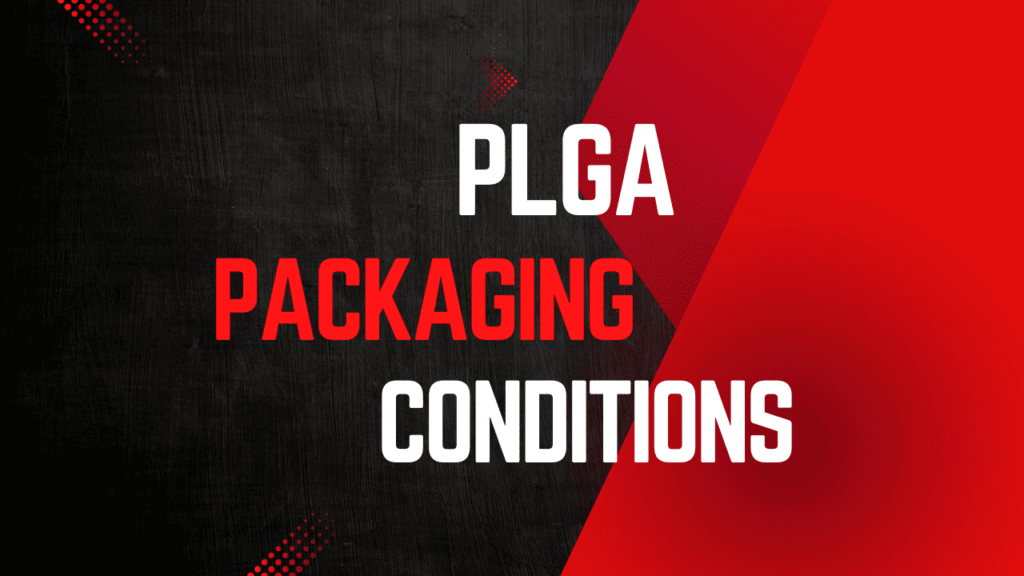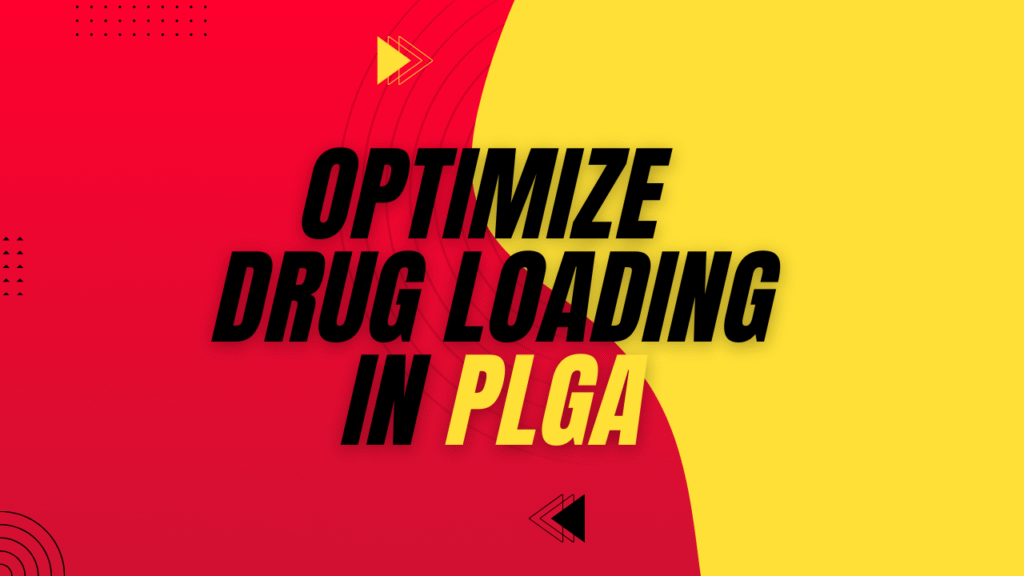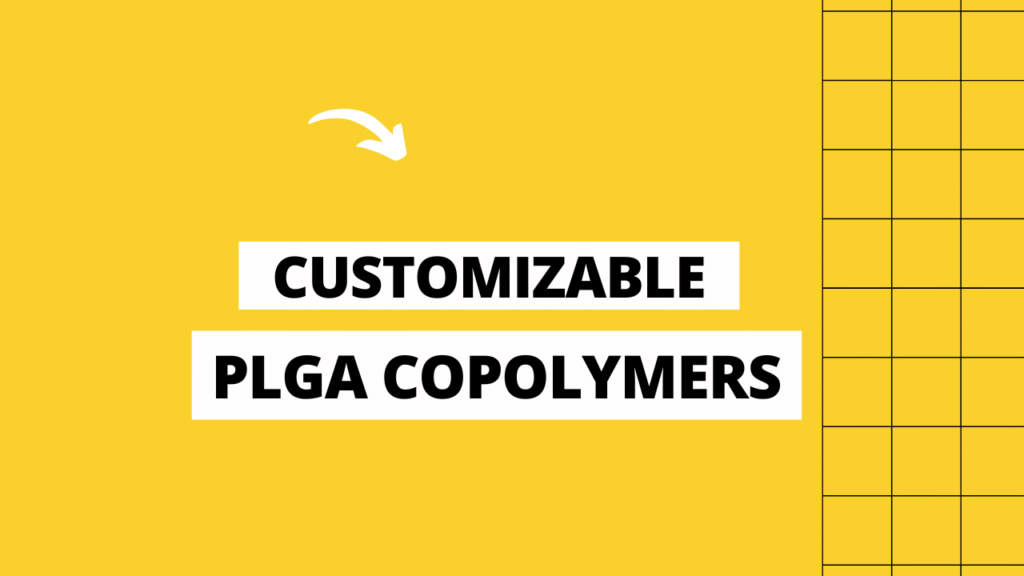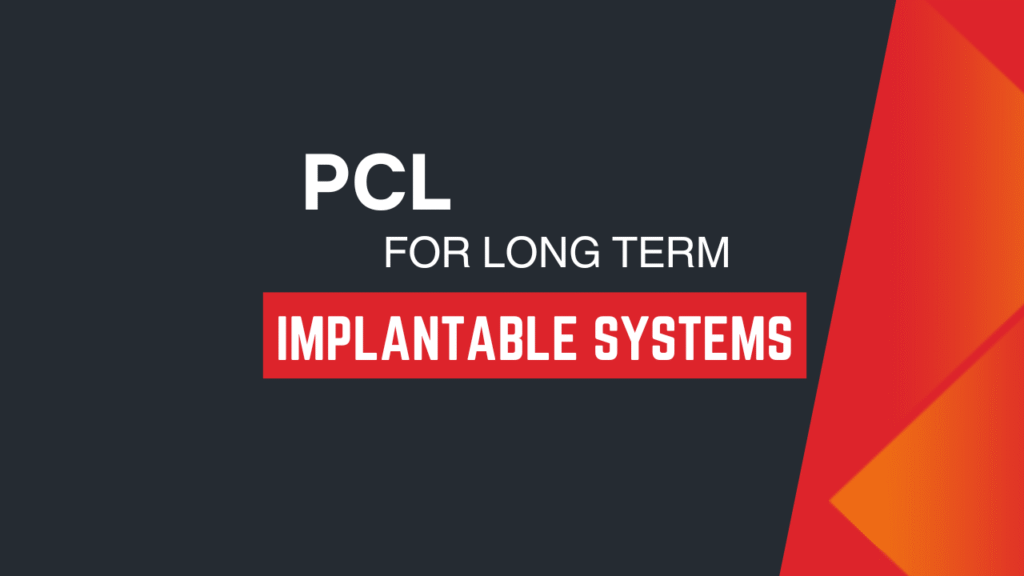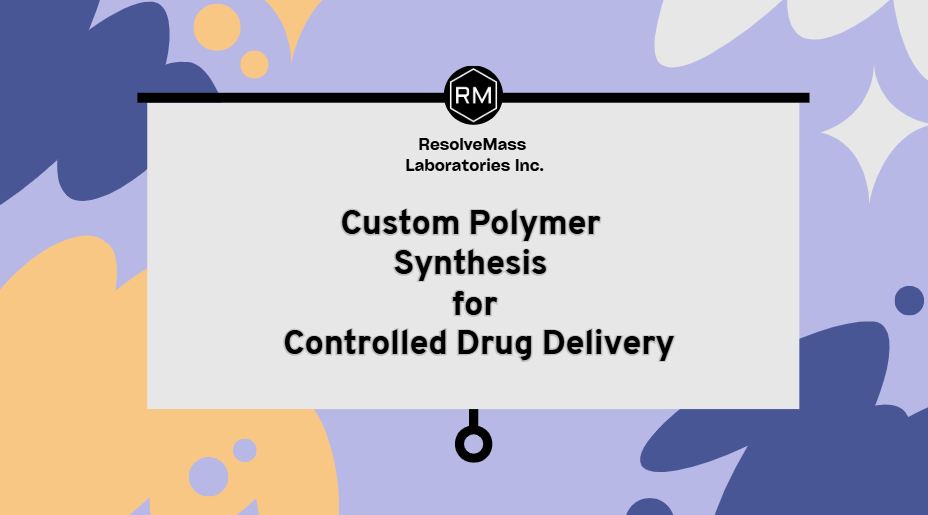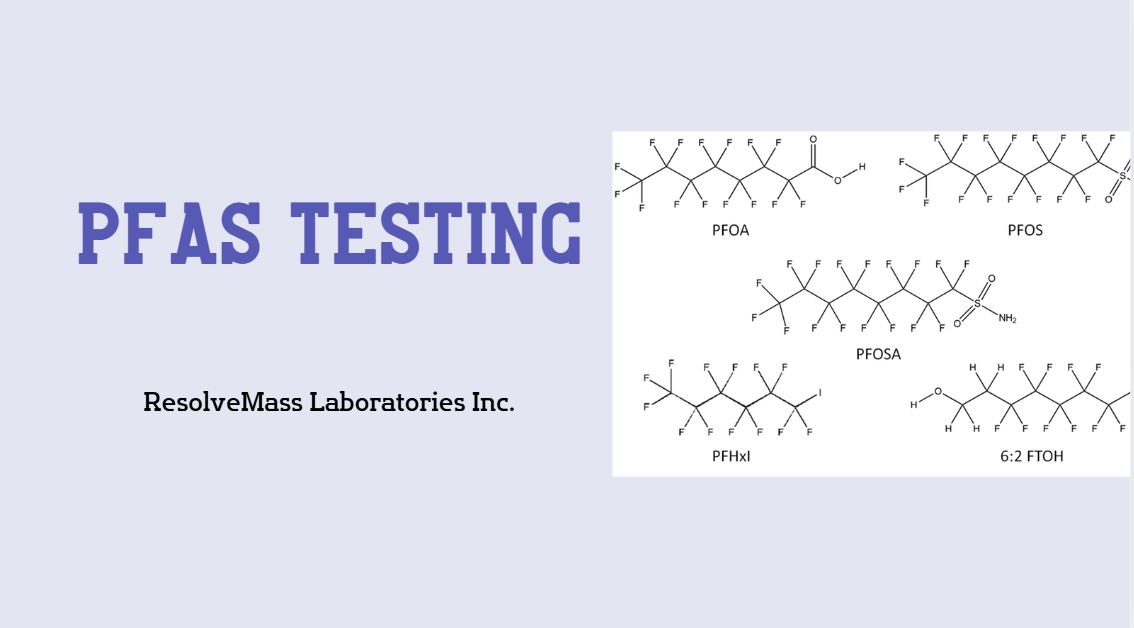
Gel Permeation Chromatography (GPC) is a crucial analytical technique used to determine the molecular weight distribution of polymers, including biodegradable polyesters like Poly Lactide (PLA), Poly(Lactide-co-Glycolide) (PLGA), and Polycaprolactone (PCL). As biodegradable polymers gain traction in medical, pharmaceutical, and industrial applications, accurate characterization of their molecular properties is vital. This blog delves into the significance of GPC analysis, its role in evaluating PLA, PLGA, and PCL, and how the method ensures polymer consistency and quality.
Understanding GPC and Its Importance
GPC, also known as Size Exclusion Chromatography (SEC), is a technique used to separate and analyze macromolecules based on their hydrodynamic volume rather than their chemical properties. The primary goal is to determine:
- Number-average molecular weight (Mn)
- Weight-average molecular weight (Mw)
- Polydispersity index (PDI)
- Molecular weight distribution
Why GPC for PLA, PLGA, and PCL?
GPC is particularly effective for analyzing PLA, PLGA, and PCL due to:
- High precision in molecular weight determination
- Capability to detect polymer degradation
- Understanding batch-to-batch consistency
- Assessing polymer suitability for biomedical and pharmaceutical applications
Structure and Properties of PLA, PLGA, and PCL
Before diving into GPC analysis, it is essential to understand the fundamental differences between these three biodegradable polymers.
Poly Lactide (PLA)
PLA is a biodegradable, thermoplastic polyester derived from renewable resources such as corn starch and sugarcane. It exhibits:
- High mechanical strength and stiffness
- Good biocompatibility
- Slow degradation rate
- Applications in 3D printing, medical implants, and packaging
Poly(Lactide-co-Glycolide) (PLGA)
PLGA is a copolymer of lactic acid and glycolic acid, widely used in drug delivery systems due to its tunable degradation rate, which depends on the lactic-to-glycolic ratio.
- Faster degradation compared to PLA
- Excellent biocompatibility
- Used in drug delivery microspheres and biodegradable sutures
Polycaprolactone (PCL)
PCL is a semicrystalline biodegradable polyester with a low melting point (~60°C) and is extensively used in tissue engineering and controlled drug release.
- Lower mechanical strength than PLA and PLGA
- Slower degradation rate (~2-4 years)
- Good flexibility and biocompatibility
GPC Analysis of PLA, PLGA, and PCL: Methodology
Sample Preparation
To obtain accurate results, polymer samples must be properly prepared before GPC analysis. This involves:
- Dissolution: PLA, PLGA, and PCL are dissolved in suitable solvents like tetrahydrofuran (THF) or chloroform.
- Filtration: Filtering through a 0.2 µm membrane to remove undissolved particles.
- Injection: Introduction of the polymer solution into the GPC system.
Instrumentation and Calibration
A standard GPC setup includes:
- Pump: Ensures constant solvent flow.
- Injector: Introduces the polymer solution into the column.
- Columns: Packed with porous beads to separate polymers by molecular size.
- Detector: Refractive index (RI) or UV detector to analyze molecular weight distribution.
- Data System: Converts detector signals into molecular weight data.
Calibration Methods
GPC calibration is essential for accurate molecular weight determination. Two common methods are:
- Universal Calibration: Uses polystyrene standards and Mark-Houwink equations to calculate molecular weight.
- Conventional Calibration: Uses polymer-specific standards for direct comparison.
Data Interpretation
The molecular weight parameters derived from GPC include:
- Mn (Number-Average Molecular Weight): Sum of individual polymer molecule weights divided by the number of molecules.
- Mw (Weight-Average Molecular Weight): Reflects the weight contribution of each polymer molecule.
- PDI (Polydispersity Index, Mw/Mn): Indicates molecular weight distribution (PDI = 1 for monodisperse polymers; higher PDI values suggest broader distributions).
Applications of GPC Analysis in PLA, PLGA, and PCL
Biodegradable Medical Devices
GPC helps evaluate the molecular weight and degradation behavior of medical implants, stents, and scaffolds, ensuring performance consistency.
Pharmaceutical Formulations
PLGA and PCL are extensively used in drug delivery systems. GPC verifies polymer integrity, ensuring controlled drug release kinetics.
3D Printing and Packaging
PLA is a primary material in 3D printing and sustainable packaging. GPC ensures material consistency and mechanical performance.
Challenges and Solutions in GPC Analysis of PLA, PLGA, and PCL
Common Challenges
- Solubility Issues: Not all solvents are suitable for these polymers.
- Degradation During Analysis: Heat and solvent exposure can degrade polymers.
- Peak Broadening: Due to improper calibration.
Solutions
- Use optimized solvents (e.g., THF for PLA, PLGA, and PCL).
- Minimize exposure to heat and moisture.
- Use high-resolution columns for precise separation.
Conclusion
GPC analysis is an indispensable tool for characterizing PLA, PLGA, and PCL, ensuring these biodegradable polymers meet industry standards for biomedical and industrial applications. With precise molecular weight determination and polymer profiling, GPC plays a pivotal role in advancing sustainable materials and innovative healthcare solutions.
REFERENCES
- Shadman Yazdi S. Microstructured biodegradable fibers for advanced controlled release (Doctoral dissertation, EPFL).
- Dastidar AG. 3D-printed Bioresorbable Scaffolds for Regeneration of Articular Cartilage.
- Kamaly N, Yameen B, Wu J, Farokhzad OC. Degradable controlled-release polymers and polymeric nanoparticles: mechanisms of controlling drug release. Chemical reviews. 2016 Feb 24;116(4):2602-63.
- Steffè A. Development of a Novel Hybrid Nanoplatform for Theranostic Applications in Hepatocellular Carcinoma (HCC).
- Sarkar K, Torregrossa-Allen SE, Elzey BD, Narayanan S, Langer MP, Durm GA, Won YY. Effect of paclitaxel stereochemistry on x-ray-triggered release of paclitaxel from CaWO4/paclitaxel-coloaded PEG-PLA nanoparticles. Molecular Pharmaceutics. 2022 Jul 14;19(8):2776-94.
QUICK ENQUIRY
The Science Behind Nitrosamine Degradation Pathways: What Every Formulation Scientist Should Know
Summary of Key Insights Nitrosamine degradation pathways govern the chemical fate of nitrosamines during formulation,…
Why Pharmaceutical Companies Choose ResolveMass for PLGA Poly(lactic-co-glycolic acid) Supply
Introduction: The Core of PLGA Supplier Benefits Pharmaceutical innovators often choose ResolveMass Laboratories Inc. because…
Pharmaceutical PLGA Poly(lactic-co-glycolic acid) Packaging, Storage, and Shipping Conditions
Summary of the Article Learn the specific pharmaceutical-grade PLGA packaging conditions essential to maintain polymer…
Optimizing Drug Loading Efficiency in PLGA Poly(lactic-co-glycolic acid) Microspheres and Implants
Introduction PLGA drug loading represents a critical parameter in developing controlled-release pharmaceutical formulations using poly(lactic-co-glycolic…
Customizable PLGA Poly(lactic-co-glycolic acid) Copolymers: Tailoring End Group, MW, and Composition
🔍 Summary – Key Takeaways Customizable PLGA Copolymers enable precise control over degradation kinetics, mechanical…
Polycaprolactone (PCL) for Long-Term Implantable Systems — Grade Specifications
🧭 Introduction Selecting a reliable PCL Excipient Supplier is one of the most important decisions…
